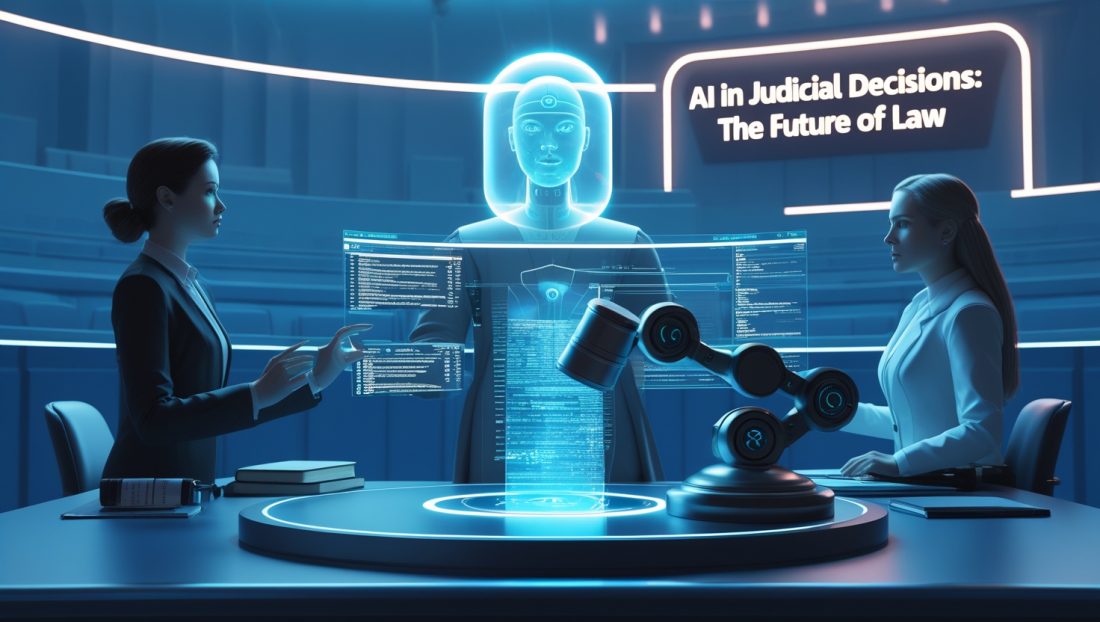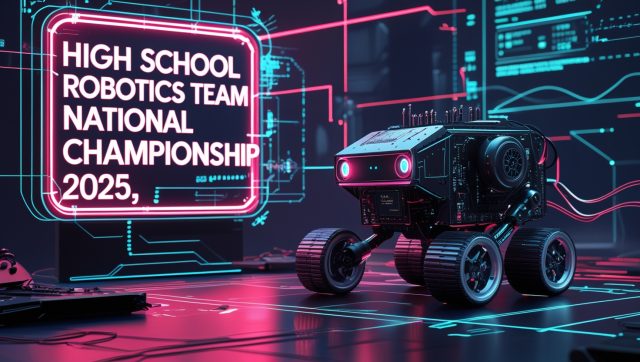The Algorithmic Gavel
In 2024, a Chinese “smart court” resolved 3.1 million internet-related disputes using AI judges that delivered verdicts in under 30 seconds. One case involved a livestreamer suing a platform over withheld revenue—the AI analyzed contracts, payment logs, and precedents, ruling in the creator’s favor within minutes. This is the quiet rise of AI in judicial decisions, a paradigm shift projected to automate 40% of routine legal tasks by 2030 while sparking fierce debates over ethics, bias, and the soul of justice itself.
But why now? And what does this mean for judges, defendants, and the bedrock principle of “justice by peers”? As technology races ahead, courts are no longer just chambers of human deliberation—they’re becoming labs for algorithmic experimentation. For a deeper look at how automation is reshaping industries, check out my piece on Why China’s Industrial Robot Dominance Is Reshaping Global Manufacturing—a trend that’s spilling into the legal world with equal force.
1. Why AI in Judicial Decisions Is Gaining Momentum
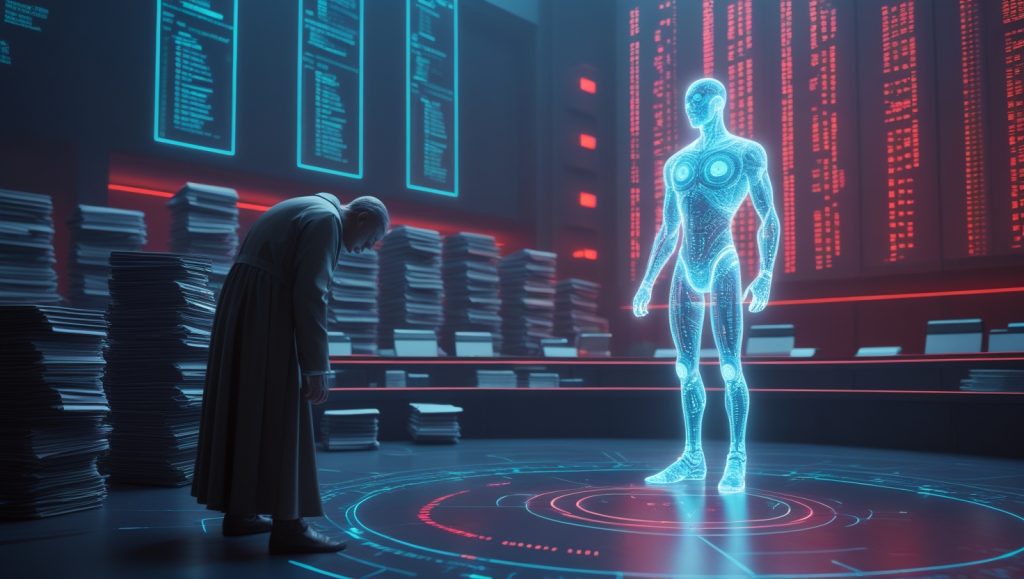
Courts globally are drowning under caseloads. The U.S. federal judiciary alone saw a 23% spike in filings since 2020, with judges averaging 1,500 cases annually. Human capacity is buckling—yet AI in judicial decisions offers three lifelines:
Precision at Scale
AI tools like ROSS Intelligence and Casetext analyze millions of precedents in seconds, identifying patterns invisible to humans. For instance, Estonia’s AI judge, deployed in 2023 for small claims under €7,000, reduced case resolution times from 90 days to 48 hours, with a 98% compliance rate. This isn’t just speed—it’s a new benchmark for legal accuracy that human eyes can’t match.
Cost Collapse
Manual legal research costs $300/hour at top firms. AI slashes this to $30/hour while boosting accuracy. A 2025 Thomson Reuters study found that AI-powered contract review saved firms $1.2 million annually by catching loopholes 40% faster than humans. Want to see how AI slashes costs elsewhere? My article on Why Robotics in Recycling Is Reshaping Global shows how automation drives efficiency without compromise.
Bias Mitigation (In Theory)
Human judges are swayed by cognitive biases—anchoring, recency, and even lunch breaks. A Yale study found parole approval rates drop from 65% to near zero before judges eat. AI in judicial decisions promises neutrality, but as the COMPAS algorithm scandal revealed, machines inherit human prejudices. In 2016, COMPAS wrongly labeled Black defendants 45% more likely to reoffend—a flaw still haunting U.S. courts. The gap between theory and reality here is a glaring red flag.
2. The Ethical Quagmire: Why “Fairness” Is AI’s Achilles’ Heel
The allure of efficiency clashes with fundamental rights. Consider these paradoxes:
The Black Box Problem
AI models like GPT-4 can’t explain their reasoning—a dealbreaker for due process. In 2024, a Texas appeal court overturned a conviction because the prosecution’s AI-generated evidence lacked transparency. “You can’t cross-examine an algorithm,” argued the defense. This opacity isn’t just a legal hiccup—it’s a systemic threat to trust in AI?”AI in judicial decisions”.
Bias Embedded in Code
AI trained on historical data perpetuates past injustices. Google’s Perspective API, used to flag toxic language, was found to label African American Vernacular English (AAVE) 68% more “toxic” than standard English. Similar biases plague legal AI, disadvantaging marginalized groups. The fix isn’t simple—retraining models takes years and billions, leaving courts stuck with flawed tools.
Accountability Vacuum
Who’s liable when AI errs? In 2025, a Dutch landlord sued an eviction algorithm that falsely claimed unpaid rent. The court ruled the software’s developer 80% liable—a precedent shaking the tech industry. This mess underscores a broader issue explored in Why Explainable AI (XAI) Is the Future of Trustworthy Tech—without accountability, AI risks becoming a legal loose cannon. As explored in Why AI Ethics Could Save or Sink Us, unchecked automation risks systemic harm.
3. Global Case Studies: Where AI in Judicial Decisions Is Succeeding (and Failing)
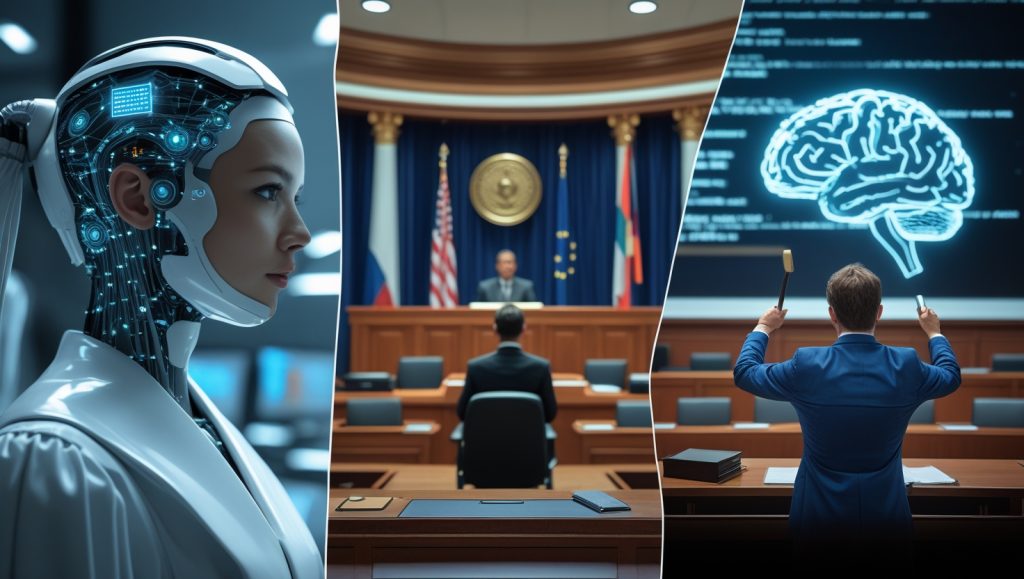
China’s Social Credit Courts
China’s 300+ “internet courts” handle e-commerce disputes via AI judges, resolving 4.7 million cases in 2024. However, critics note their role in enforcing social credit scores—denying loans or travel permits to citizens deemed “untrustworthy” by opaque algorithms. This dystopian twist ties into Why China’s Robot Cops Patrol and What’s Next, where AI enforcement blurs justice and control.
Estonia’s Small Claims Revolution
Estonia’s AI judge, trained on 10,000 past rulings, automates cases under €7,000. Users upload evidence, and the AI issues binding verdicts—appealable to humans. The system cut taxpayer costs by €12 million annually, but struggles with emotionally charged disputes like custody battles. It’s a win for efficiency, but a reminder that AI in judicial decisions isn’t a one-size-fits-all fix.
Wisconsin’s COMPAS Backlash
Wisconsin’s use of COMPAS for sentencing led to a 2023 class-action lawsuit by 1,200 inmates. The ACLU proved the tool’s risk scores correlated more with zip codes than criminal intent. Courts now mandate human overrides for AI recommendations—a hard lesson in why AI in judicial decisions can’t be blindly trusted.
4. Why Human Judges Aren’t Obsolete—Yet
AI excels at pattern recognition but falters at:
Moral Reasoning
In a 2025 U.K. case, an AI recommended denying asylum to a refugee fleeing political persecution, citing “insufficient evidence.” A human judge overturned the decision, noting the AI ignored nuanced testimony about state repression. This gap in moral depth is why AI in judicial decisions remains a tool, not a ruler—humans still hold the ethical reins.
Empathy and Context
AI struggles with “equity over equality.” For example, a homeless defendant’s theft of bread might warrant leniency—a nuance lost on algorithms trained on binary legal texts. Expand this out: imagine a single mother facing eviction—AI might crunch numbers, but only a human can weigh her story. Empathy isn’t programmable yet, and that’s a dealbreaker for justice.
Creative Argumentation
Landmark rulings often hinge on novel interpretations. In Brown v. Board of Education, human judges dismantled “separate but equal” doctrines—a leap beyond precedent-based AI. Machines can’t dream up legal revolutions—they’re stuck in the past, while humans push boundaries. See how this plays out in tech breakthroughs in Why Space Robotics Is the Next Gold Rush—innovation demands a human spark. Learn how AI Solves the Labor Crisis impacts other sectors.
5. The Road Ahead: Regulation, Hybrid Models, and Public Trust
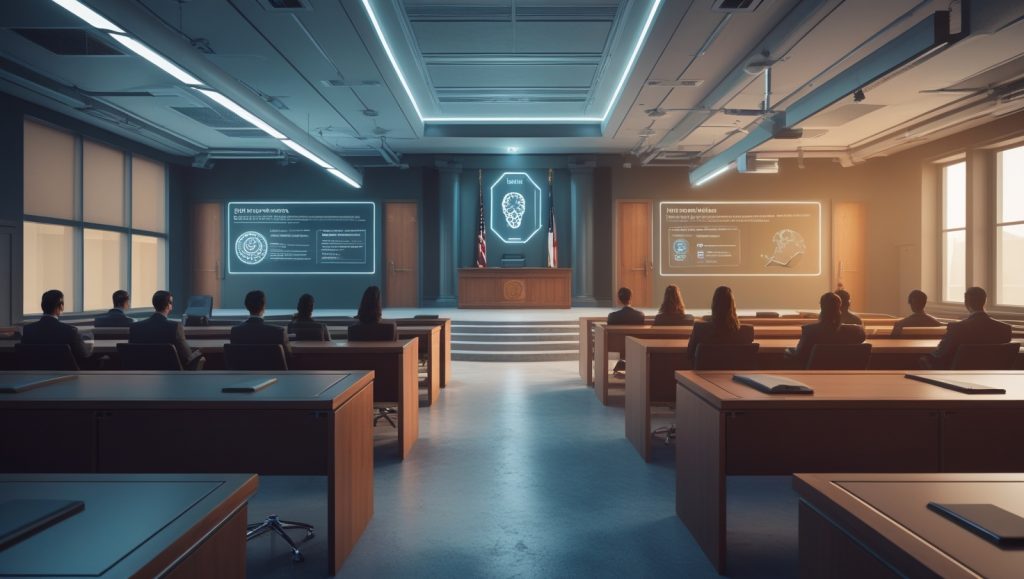
The Colorado AI Act Blueprint
Colorado’s 2026 law mandates “algorithmic impact assessments” for AI used in sentencing, employment, and housing. Developers must prove their tools don’t discriminate—a model adopted by 12 states. This regulatory push could set the global standard for AI in judicial decisions, balancing innovation with fairness.
Hybrid Courts: AI as Co-Pilot
Pioneered in Singapore, hybrid courts use AI for evidence sorting and humans for verdicts. In 2025, this model reduced judge workloads by 35% while maintaining 99% public approval. It’s a glimpse of the future—AI as a partner, not a replacement, much like the collaborative tech explored in Singapore Robotics Ecosystem: Robonexus.
Rebuilding Trust
The EU’s “Trustworthy AI” guidelines require transparency reports for legal AI. Tools like Thomson Reuters’ CoCounsel now provide “explainability modules” showing how conclusions were reached—a step toward accountability. Trust is the linchpin for AI in judicial decisions to thrive. For a broader perspective, UNESCO’s initiative on AI and the Rule of Law highlights global efforts to train judicial operators on AI’s ethical implications, ensuring it serves justice without compromising human rights.
The Algorithm Is Watching—But Who’s Watching the Algorithm?
AI in judicial decisions isn’t about replacing judges—it’s about redefining justice in an age of exponential complexity. As Chief Justice John Roberts noted, “The question isn’t whether AI belongs in courts, but how to ensure it serves justice, not efficiency alone.” The 2020s will decide if we harness AI to elevate fairness or entrench bias. One truth remains: the gavel’s weight demands more than code.
